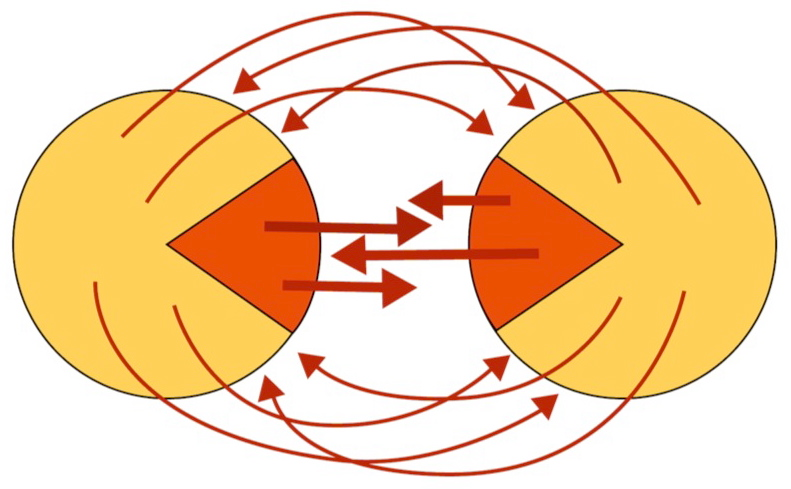
 Click here
Click hereConflict resolution
Most conflicts or problems solve without major problems. Sometimes this is achieved with the help of others. If that doesn’t work either, you can go to court to resolve certain disputes legally. But that often does not solve the entire conflict or problem.
Conflicts and disputes
Conflicts and problems are often intangible and unstable. They have an emotional load that you carry for as long as they are not solved.
Disputes are about concrete things that stay the same, such as material interests, liability, guilt and innocence. They are related to an event with legal significance, such as a crime, breach of contract or tort.
In court proceedings, the judge decides on legal disputes. As the parties want to win from each other, conflicts and problems escalate and grow easily. The court’s decision creates new frustrations. Relationships do not improve as a result.
We have mapped out this process in our Conflict and Dispute Chart.
Sustainable conflict resolution
However, the dispute resolution process can also be used as an opportunity and means to resolve the underlying conflicts and problems.
The judge, solicitor or lawyer will then first remove the emotional sting that stands in the way of a lasting solution to the problem or conflict. After that, legal disputes can be resolved by an agreement or judicial decision. Dispute resolution then includes sustainable conflict resolution.
In this way, sustainable and socially effective justice is achieved that resolves underlying problems.
Two examples illustrate how this can be accomplished outside and together with the judiciary:
- The Healthcare Institution’s case
- The Payroll Administrator’s case
How sustainable conflict resolution can be achieved in the judiciary can be found under Examples.
The Lohman Cabbage Conflict Model
The dynamics of conflicts and problems resembles the buds of trees and plants in nature. The Lohman Cabbage Conflict Model clarifies this connection using the growing process of a red cabbage.
Click on the link for the model and its explanation.


